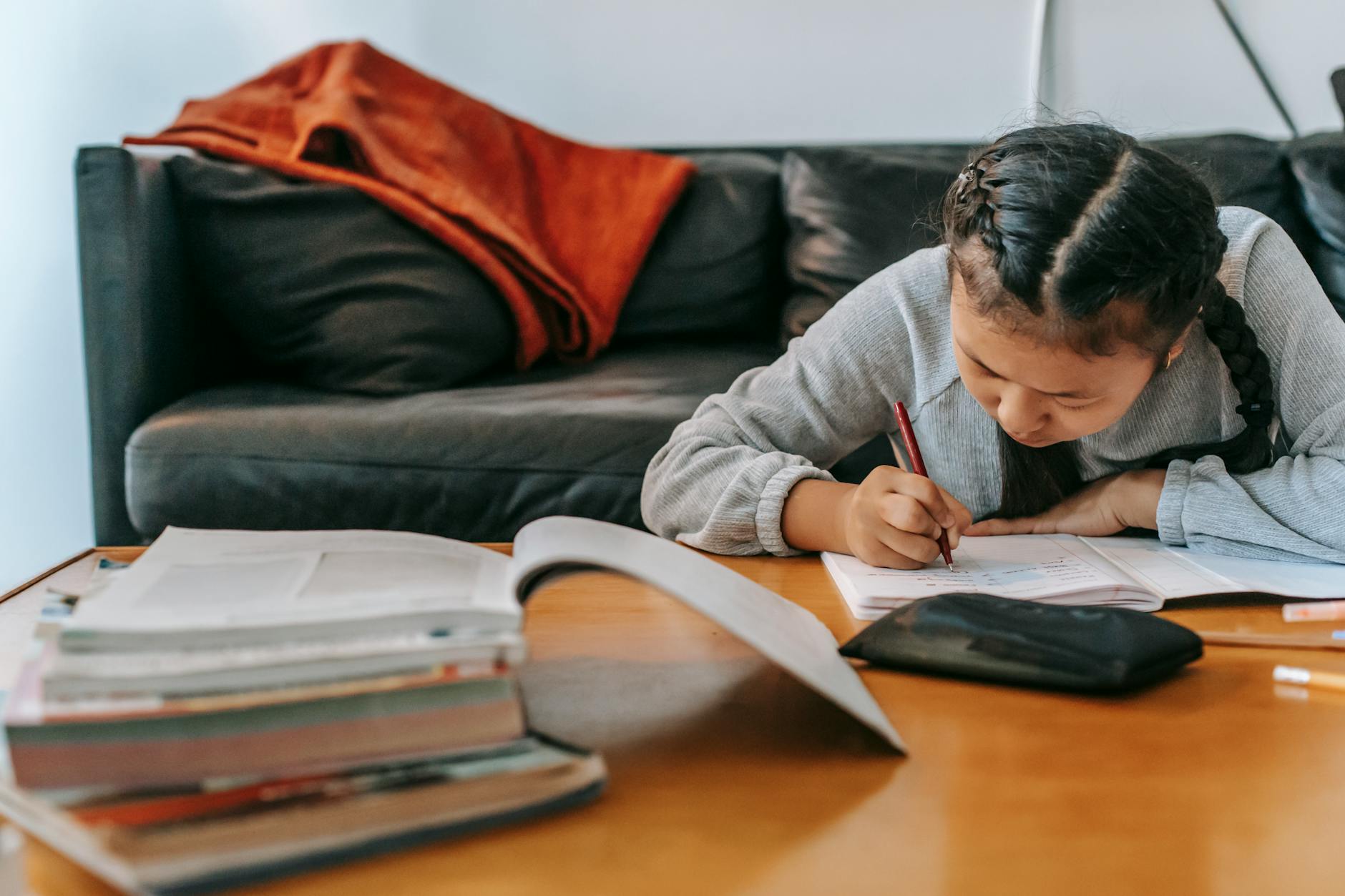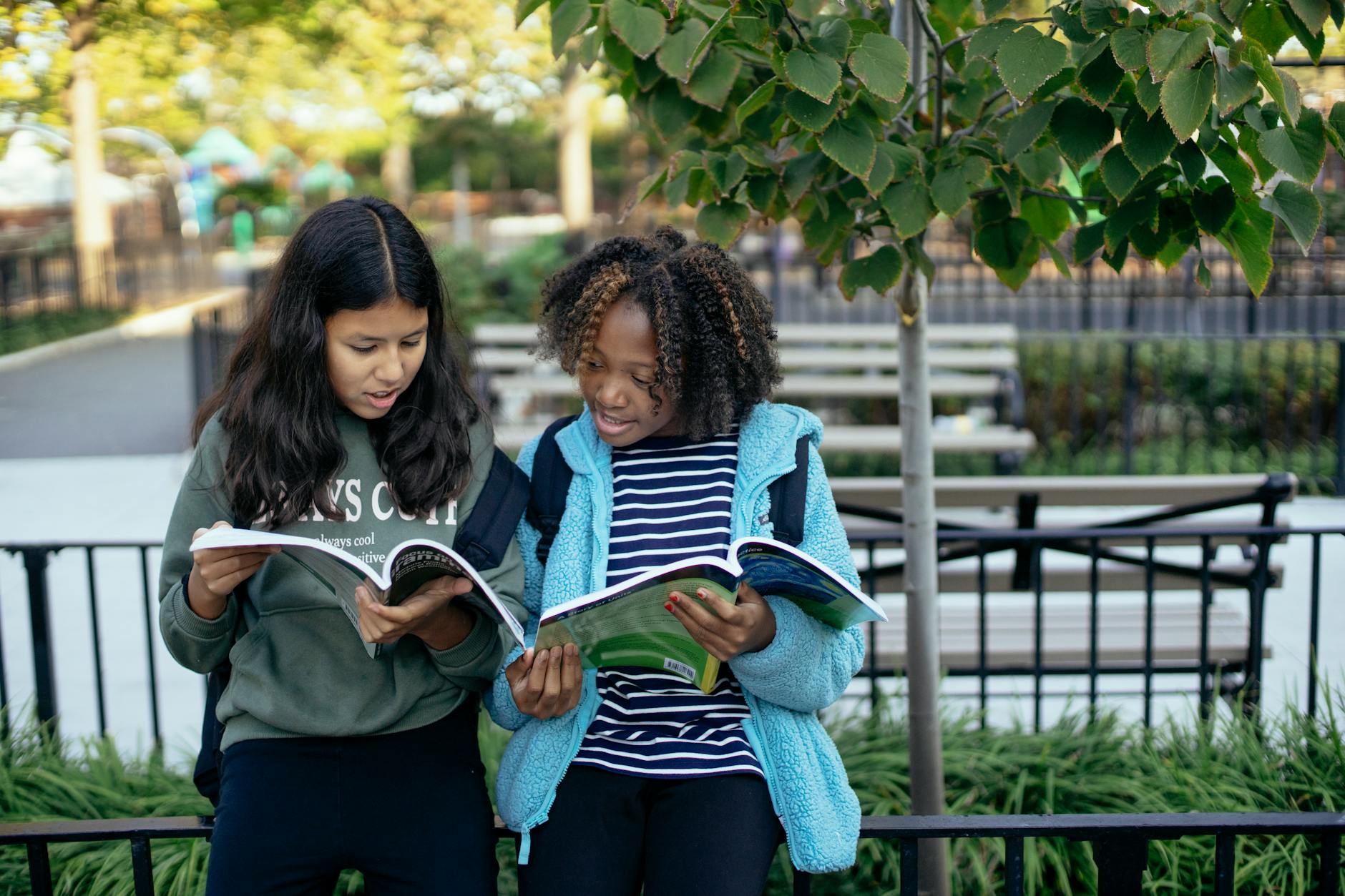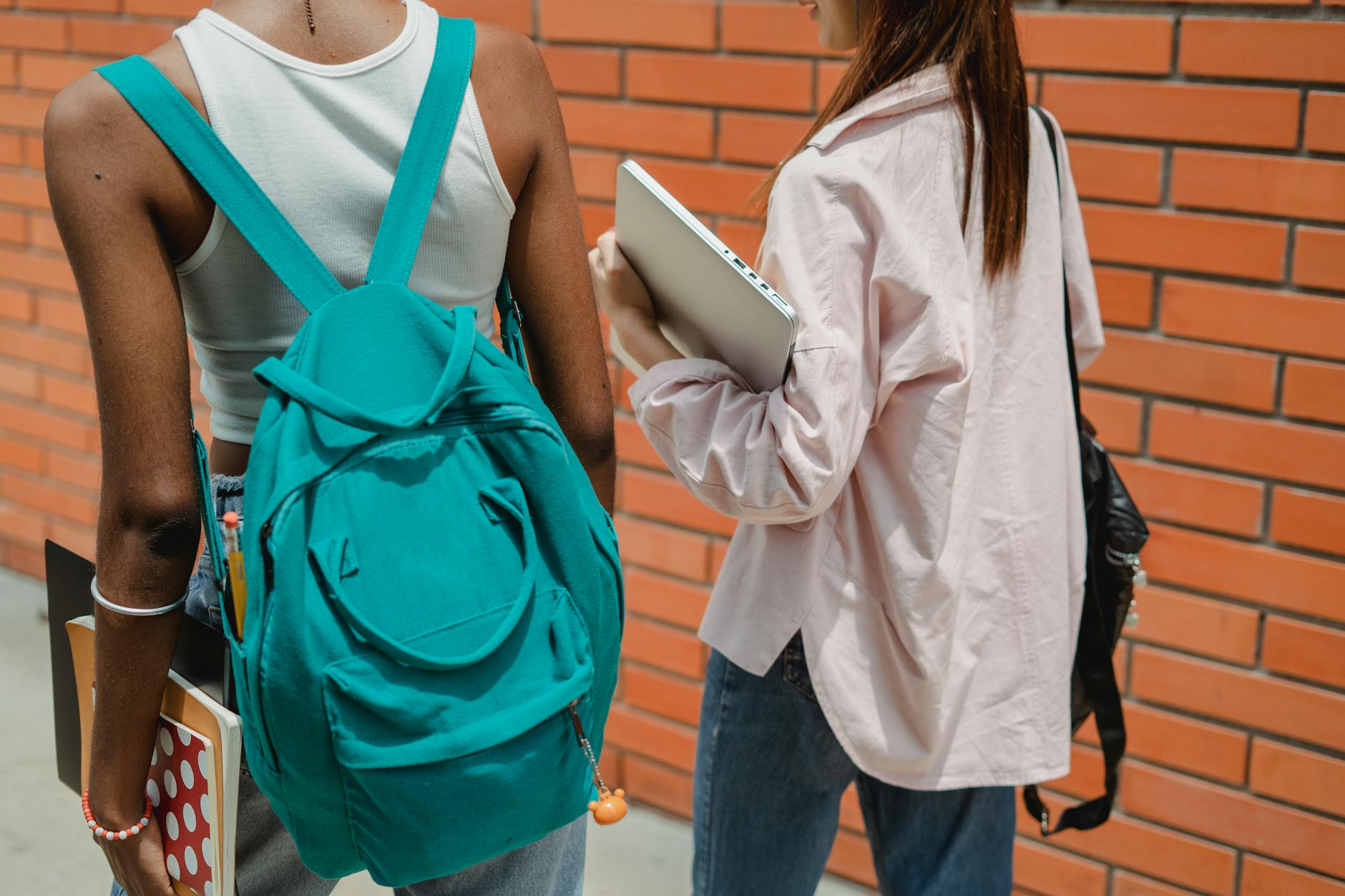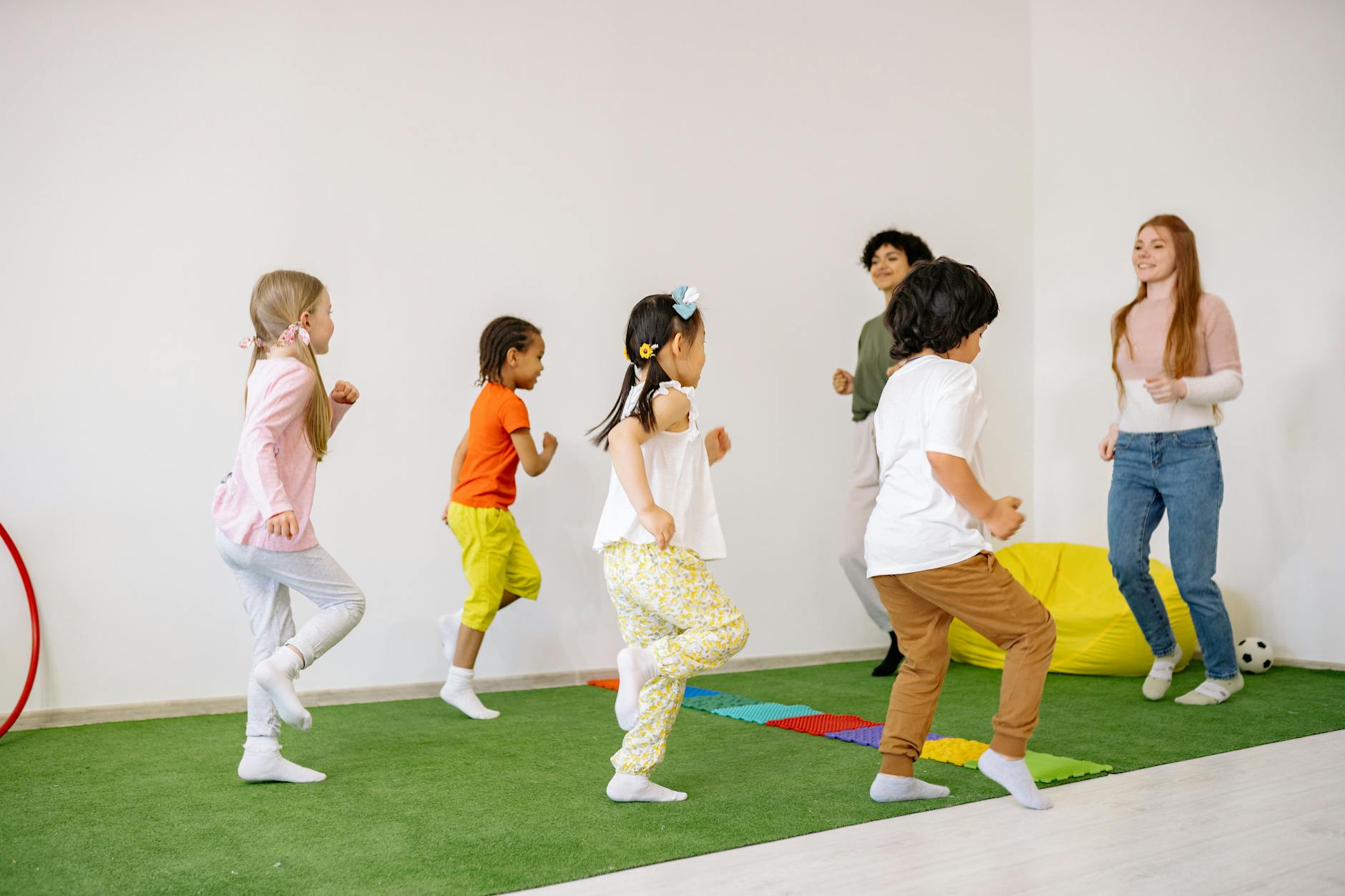How to Balance Work and Creative Activities in the United States for a Sustainable Lifestyle

Understanding Personal Priorities
Defining Your Creative Needs
As an urban development enthusiast in the heart of San Francisco, I occasionally wander along the Golden Gate Park pathways, pondering ways to seamlessly integrate eco-friendly ideals into everyday city life. One way to infuse sustainability into creative endeavors is by participating in activities like cooking classes san francisco, where embracing local organic ingredients and waste reduction can transform an ordinary pastime into a celebration of eco-conscious living. Defining your creative needs means exploring avenues that not only inspire but also align with your ethical compass.
Assessing Work Obligations
Balancing work commitments with personal creative pursuits is crucial. Whether you are an art teacher in Chicago or work in a different field, it's essential to compartmentalize your duties. Consider dedicating specific hours during the week to your obligations, ensuring you meet deadlines while leaving room for creative exploration. This clear delineation helps maintain productivity and reduces stress, allowing for more focused participation in leisure activities such as pottery classes chicago, where hands-on creativity can provide a refreshing mental reset and inspire new perspectives.
Balancing Family and Social Time
Sustaining a fulfilling life requires balancing family and social engagements with personal interests. One engaging way to merge these is by exploring bachelorette party ideas that introduce guests to eco-friendly activities or local arts. These interactions not only strengthen personal bonds but also instill a shared appreciation for sustainable practices. Balancing this trio of obligations involves prioritizing each aspect of your schedule, guaranteeing that none overshadows the others, which results in a well-rounded lifestyle.
Establishing a Daily Routine
Scheduling Creative Sessions
Creating a routine tailored to integrate both professional and artistic interests can be remarkably empowering. By structuring your daily routine around "scheduling creative sessions", you can allocate quality time for personal artistry and teaching advancements. This idea mirrors the "infrastructure strategies" in sustainable urban development, akin to planning pathways in Golden Gate Park, ensuring each session lays the groundwork for future creative endeavors. Incorporating a strategy like a paint and sip nyc evening into your week could offer a refreshing twist to your routine, providing not only camaraderie but sparking new artistic ideas.
Allocating Time for Work Tasks
Juggling work responsibilities with personal pursuits requires a solid framework. Use a strategic approach similar to those found in sustainable development, where resources and tasks are managed with precision akin to the eco-initiatives at the San Francisco Urban Planning Department. Divide your day into segments, allowing for dedicated periods for preparing lesson plans, grading, and interactive teaching. Such “infrastructure strategies” can streamline tasks, maximizing time efficiency and productivity.
Incorporating Relaxation Periods
Balancing creativity and work means recognizing the need for relaxation. As infrastructure strategies facilitate eco-friendly living, thoughtful inclusion of downtime refreshes and rejuvenates the mind. Integrate "experience gifts," such as a leisurely art gallery visit, into your schedule. These periods function like strategic pathways in city planning, allowing opportunities for reflection and inspiration. This balanced routine cultivates a well-rounded artistic and professional life.
Maximizing Creative Output
Setting Achievable Goals
Achieving success in creative pursuits hinges on setting realistic and attainable goals. For someone like Noah, starting small with manageable objectives, such as completing a pottery project, can accumulate into significant achievements. This approach not only boosts confidence but also makes grander artistic ambitions more approachable over time. Establishing a clear timeline and setting well-defined priorities—such as enrolling in pottery class San Francisco helps to keep these objectives in check, ensuring they align with both his teaching schedule and personal development goals.
Finding Inspiration Locally
Living in an urban environment like Chicago provides a plethora of opportunities to draw inspiration from. By engaging with local art scenes, such as visiting galleries or participating in community art initiatives, Noah enriches his creative reservoir. It’s beneficial to explore infrastructural landmarks like eco-initiatives at the San Francisco Urban Planning Department and the Golden Gate Park pathways, which highlight the interplay between nature and urban life. These spaces not only inspire artistic themes but also remind us of the sustainability goals we strive for.
Utilizing Tools and Techniques
Equipping oneself with the right tools can significantly enhance creative output. Whether it’s investing in quality art supplies or adopting digital platforms that aid in visualisation and design, having a well-stocked toolkit is vital. Techniques range from traditional practices to digital artistry, allowing artists to express their visions comprehensively. Incorporating diverse methods, like those taught in couples cooking classes NYC, into daily creative practices also enriches the teaching curriculum, blending personal and professional growth seamlessly.
Enhancing Work-Life Synergy
Integrating Creative Projects in Teaching
Incorporating creative endeavors into teaching can elevate the classroom experience and inspire both teachers and students alike. As we focus on the art curriculum in schools, one could consider introducing baking classes as an unconventional art project. Baking, much like sculpting, allows students to understand the importance of precision and creativity, making it a valuable addition to any art program. These classes can transform an ordinary school day into an extraordinary learning opportunity by stimulating students' senses and fostering their artistic instincts.
Leveraging Local Arts Resources
Exploring local art resources offers a plethora of opportunities that can enrich teaching experiences. Participating in team building activities nyc, for example, can inspire new methods to engage students. Such activities emphasize collaboration and innovation, traits that are crucial in art education. Establishing partnerships with local art galleries or studios enhances students' understanding of real-world applications of art. Collaborating with these entities also opens avenues for exhibitions or student-led projects, providing a platform for students to display their work outside the classroom.
Building Relationships with Art Studios
Forming connections with local art studios paves the way for immersive experiences that can significantly benefit students. By engaging with these studios, educators can coordinate workshops, guest lectures, and hands-on sessions that provide students with direct insight into professional artistic practices. Further, relationships with studios can help facilitate field trips and collaborations, ultimately nurturing students' talents and showcasing the importance of art in daily life. Such interactions enable teachers to bring dynamic experiences to their classrooms, creating a well-rounded and inspired educational journey.
Overcoming Creative Hurdles
Tackling Resource Constraints
In a city like San Francisco, where the juxtaposition of innovation and sustainability is palpable, overcoming resource constraints is an aspect of creative work that cannot be overlooked. Whether it involves negotiating access to public spaces or making the most of limited studio areas, creatively leveraging resources is crucial. Utilizing shared spaces in community centers, like the ones near Golden Gate Park pathways, can offer temporary solutions. These setups support eco-friendly practices, reflecting the values of our sustainable city development initiatives while allowing creative minds to flourish.
Efficient Time Management
Effective time management is fundamental to integrating creativity into daily life. Our urban landscape, graced with landmarks such as the Transamerica Pyramid building, exemplifies the ideal balance between work and art. Allocating dedicated time slots without overwhelming one’s calendar can resemble carefully planned city infrastructure strategies. Consider mirroring local transportation schedules, such as San Francisco’s eco-initiatives aimed at efficient urban mobility, to maximise creative time without friction.
Sustaining Creative Drive
Maintaining motivation amidst various commitments requires an environment that nurtures innovation. Engaging with local arts scenes or taking inspiration from the city's infrastructure designs promotes creativity. The San Francisco Urban Planning Department’s efforts to blend function with artistry serve as a reminder that sustaining motivation starts with appreciating our environment. Local galleries and studios offer platforms for sharing ideas, ensuring that your creative work remains invigorated and community-oriented.


